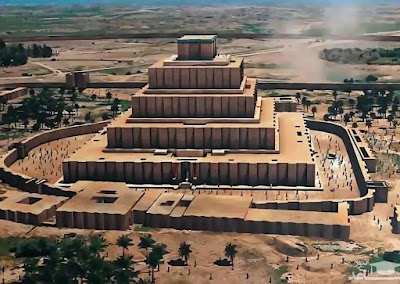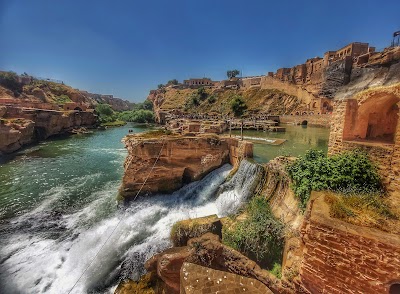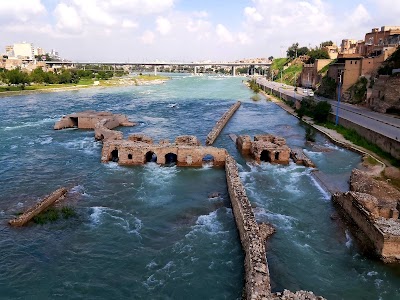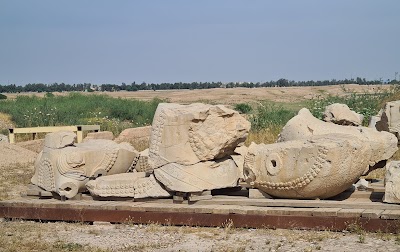Chogha Zanbil (چغازنبیل)
Overview
Chogha Zanbil: A UNESCO World Heritage Site
Nestled in the heart of Khuzestan Province, Iran, Chogha Zanbil is an awe-inspiring archaeological site that offers a glimpse into the ancient Elamite civilization, which thrived around 1250 BC. Recognized as a UNESCO World Heritage Site in 1979, this ziggurat is one of the best-preserved examples of Elamite architecture and stands as a testament to the rich historical tapestry of Iran. For foreign travelers, visiting Chogha Zanbil is not just a journey into the past; it’s an immersive experience that unveils the grandeur of an ancient culture long before the rise of the Persian Empire.
As you approach Chogha Zanbil, the massive mud-brick structure rises majestically against the backdrop of the Zagros Mountains. The ziggurat itself was constructed as a religious temple dedicated to the Elamite god Inshushinak, the deity of the city of Susa. Standing at approximately 25 meters high, it was originally built in a tiered form with five distinct levels, each adorned with intricate designs and carvings. While much of the original embellishments have faded over time, the site still radiates an aura of mystique and historical significance.
Visitors can explore the sprawling site, which spans an impressive area of around 70 hectares. The layout includes not just the ziggurat but also the remains of the ancient city that once thrived here. Walking through the ruins, you will come across various structures such as temples, residential quarters, and storage facilities. Each step tells a story of the Elamite people, their beliefs, and their daily lives, making it a fascinating place for history enthusiasts and casual travelers alike.
Getting There and Practical Tips
Reaching Chogha Zanbil is relatively straightforward. The site is located about 40 kilometers southeast of the city of Ahvaz, the capital of Khuzestan Province. Travelers can hire a taxi or join a guided tour from Ahvaz, which offers a more comprehensive understanding of the region's history and cultural heritage. It's advisable to visit during the cooler months, from October to April, to avoid the intense summer heat that can make exploring the site uncomfortable.
Don’t forget to bring along plenty of water, sun protection, and a camera to capture the breathtaking views and intricate details of this ancient wonder. While the site is less crowded than other famous Iranian landmarks, it’s wise to be respectful of the surroundings and to follow any guidelines provided by local authorities or guides.
A Cultural Experience
In addition to its architectural marvels, Chogha Zanbil offers travelers a unique opportunity to engage with the local culture. The nearby village of Susa, known for its traditional crafts and hospitality, can provide an authentic glimpse into the lifestyles of the inhabitants of Khuzestan. Sampling local delicacies, such as the region's famous kebabs and traditional sweets, can enhance your travel experience, making your visit to Chogha Zanbil not just about history, but also about connecting with the living culture of Iran.
In summary, a visit to Chogha Zanbil is a journey through time, where ancient history meets the present. With its stunning architecture, rich cultural narratives, and stunning natural beauty, this site is a must-visit for any traveler seeking to uncover the layers of Iran’s civilization. Be prepared to be enchanted by the stories that echo through the ages, making your trip to Chogha Zanbil a truly unforgettable adventure.






